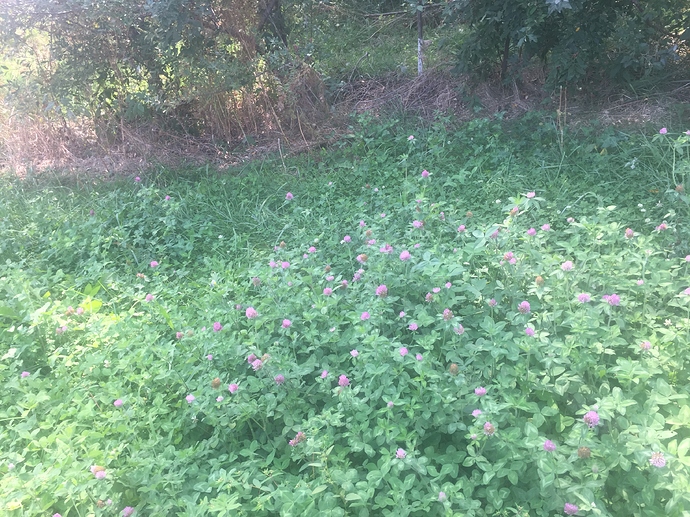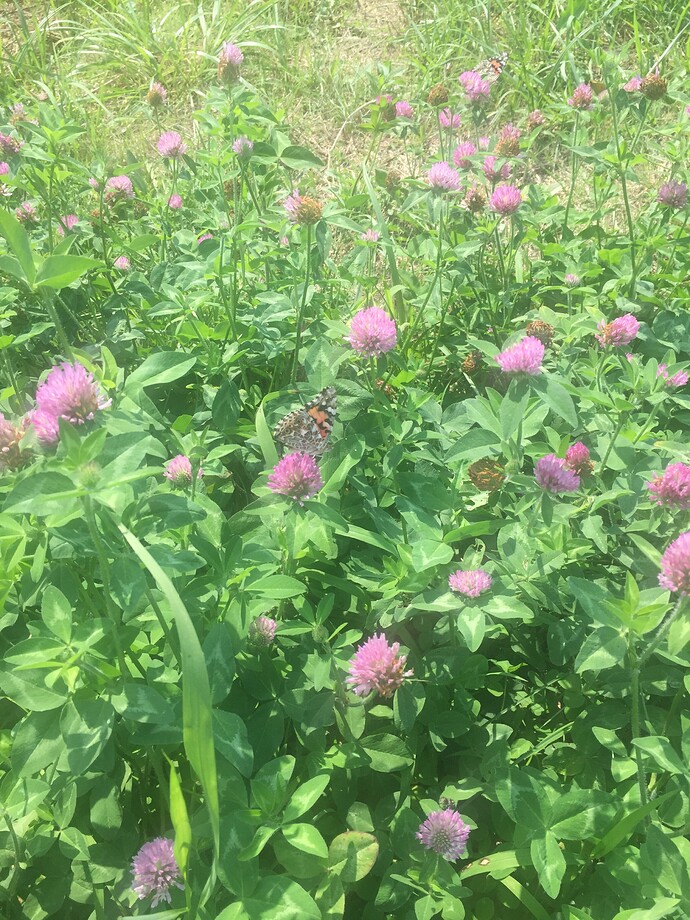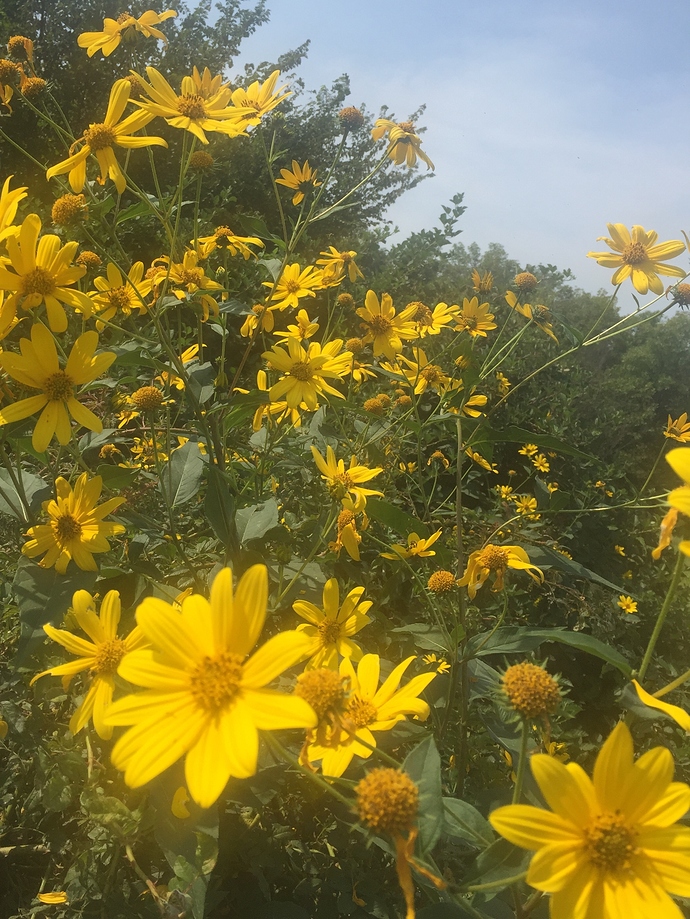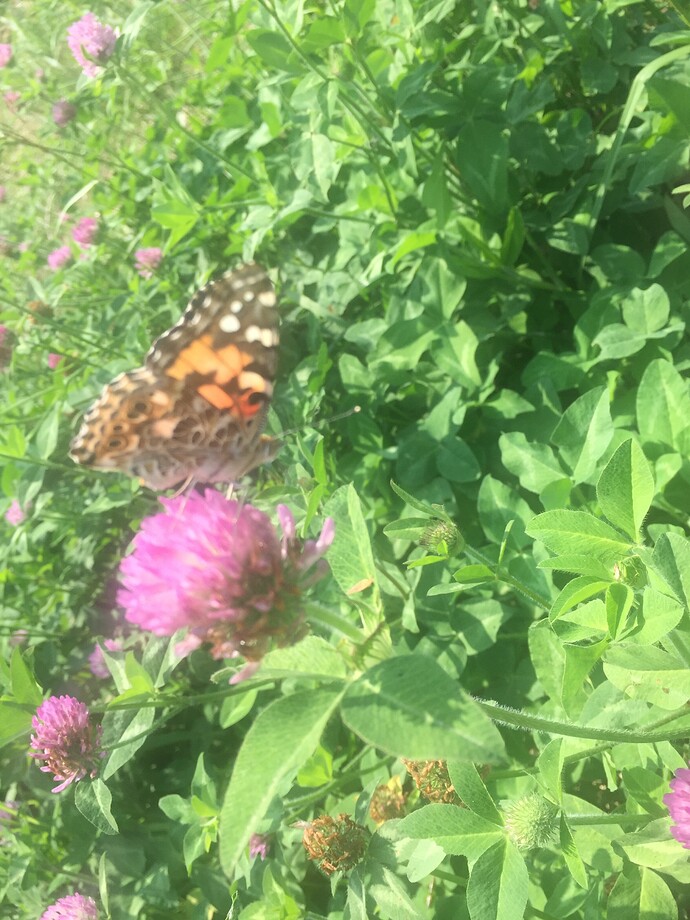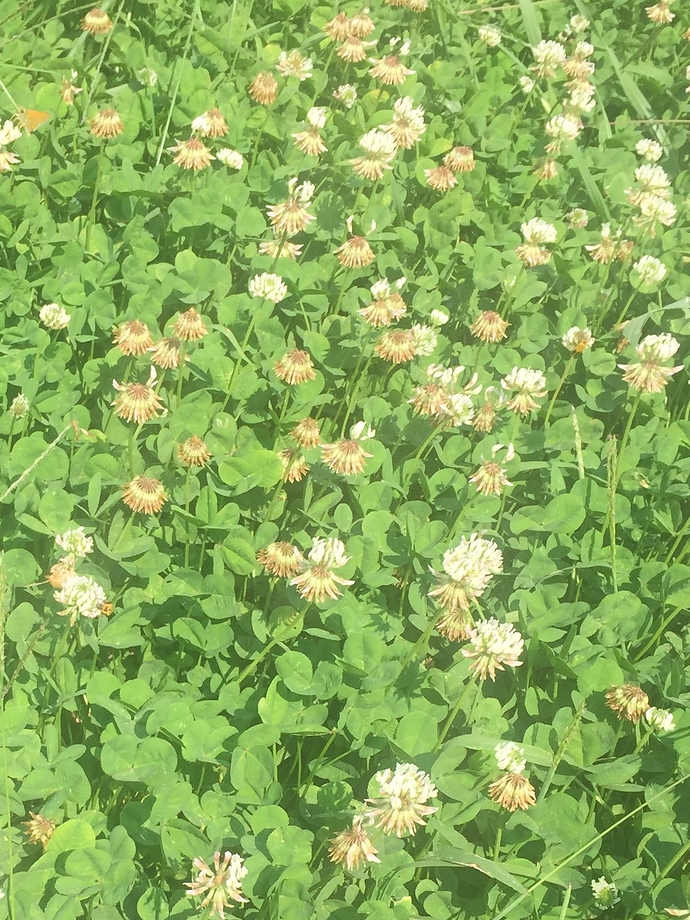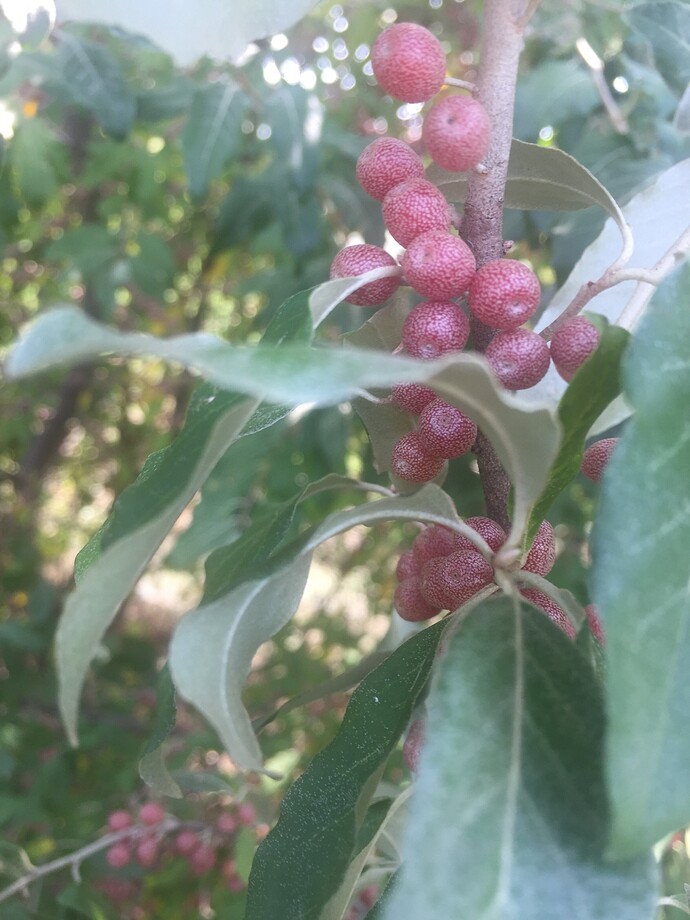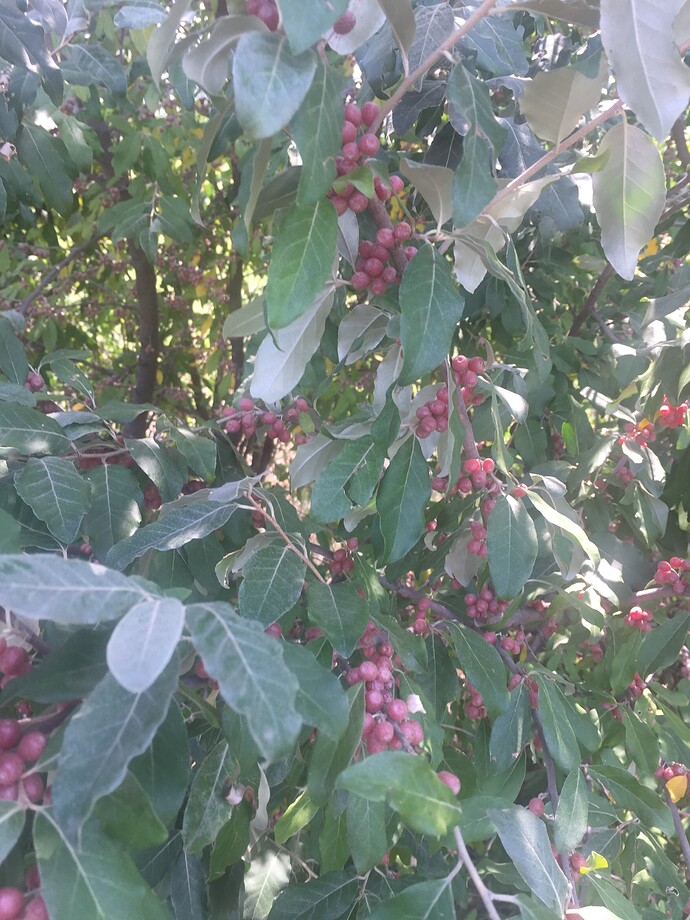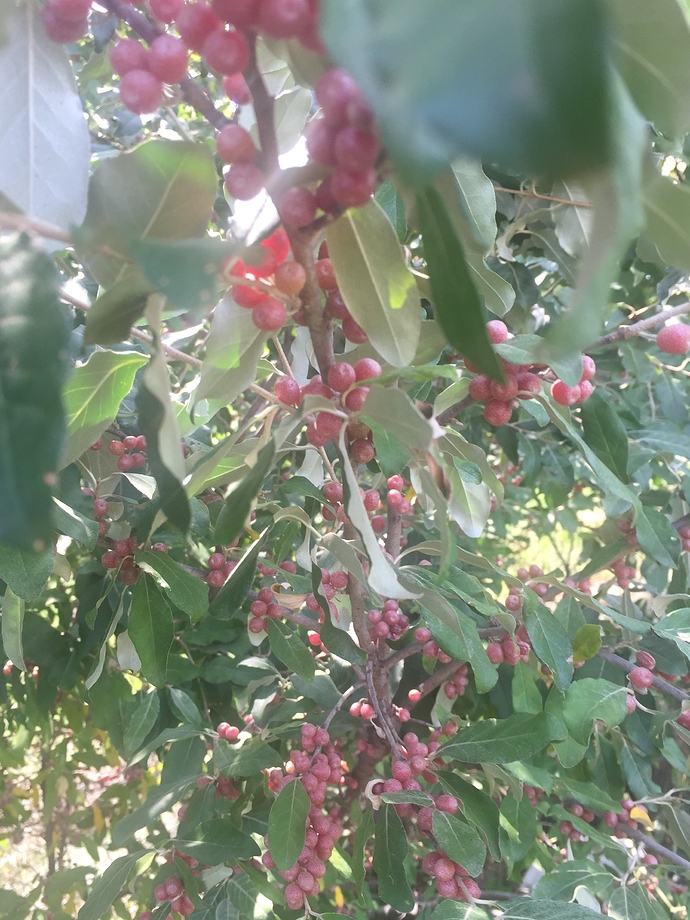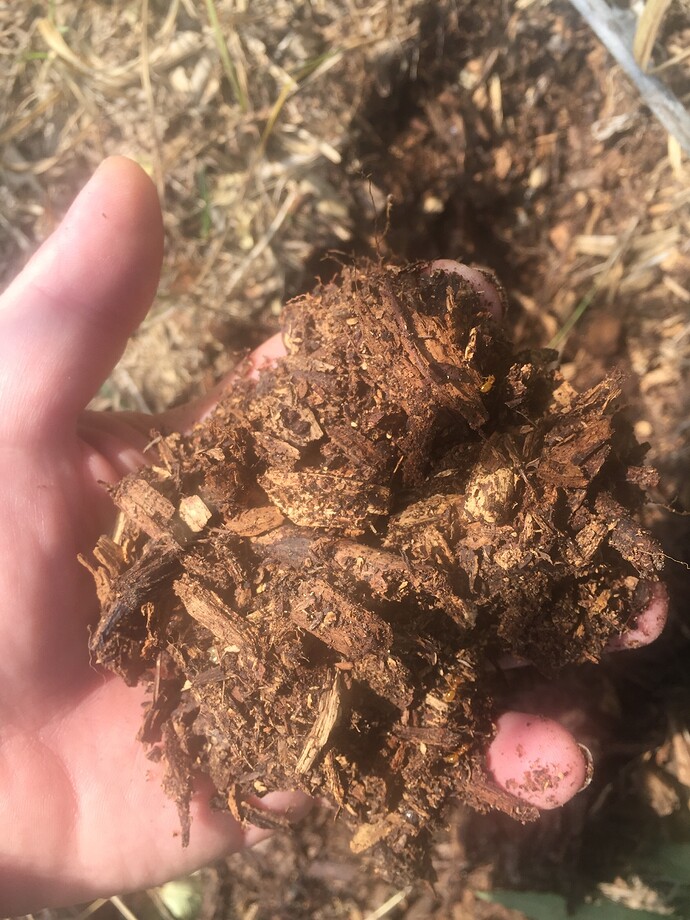Thought I would follow up on my long term soil improvement strategies. My land is getting richer all the time and because of that my food production goes up all the time. Many sustainable crops are being grown in my orchard in between the rows. I target nitrogen fixing plants and then compost them back in. If I take 1000 pounds of pears out of my orchard or 1000 pounds of aronia or 100 pounds of blackberries in some way I need to put those things back. Years and years people took 40 bushels per acre of grain off this property and put nothing back. My hay ground raised thousands of cows and thousands of bales of hay but none of those farmers once put anything back. How much calcium goes out from your land when you take in a load of 35 head of cows once a year? The bones alone are very heavy! What are they made of? How much phosphorous or other minerals do you lose when 100 1000 bales of hay go out of here every year? My strategies are fairly simple which is produce more hay and keep the ground healthier! Produce more fruit and get more food to eat out of the same dirt but make it sustainable. Here a few picture from today! This year I made a deal for a flat price for hay. He paid $20 per acre and could keep the hay but he applied 150 pounds of nitrogen. The hay field percentages alone due to the addition of clover have went up at least 15%. This year was a wet year so he got 140 1000 pounds bails of hay. I’m very pleased with the results and am getting close to the break even point every year. Soon there will be profit and as you can see the ground is healthy again! When I got this land it would not grow tomatoes. Some native plants I grow as bulk material and for beauty! Native plants also correct soil problems. We have weedy gardens sometimes because the weeds are trying to counter an imbalance. Proof can be seen if you play close attention to plants such as lambs quarter that grow in old stock yards due to the rich cow or pig manure. Many weeds correct things and once they do they disappear. Poor ground grows Mullein, wet ground grows elderberries and so on and so forth. Around my trees I use composted wood chips to improve the soil

